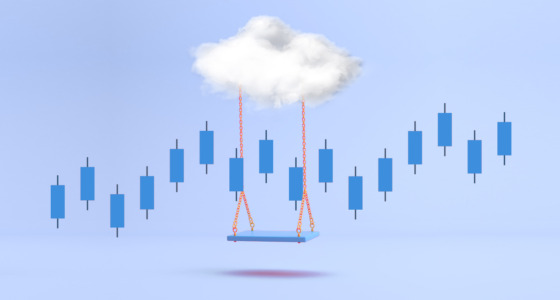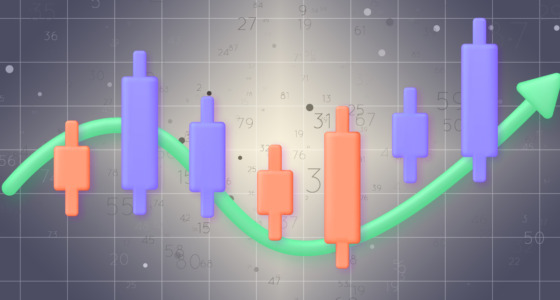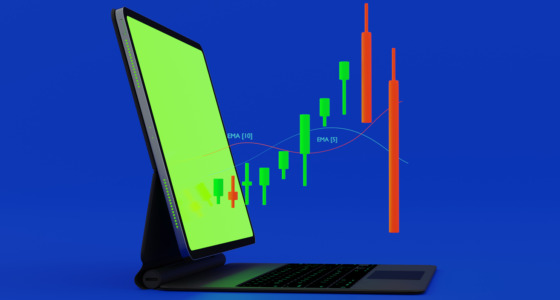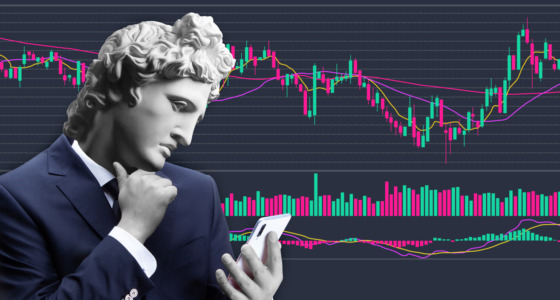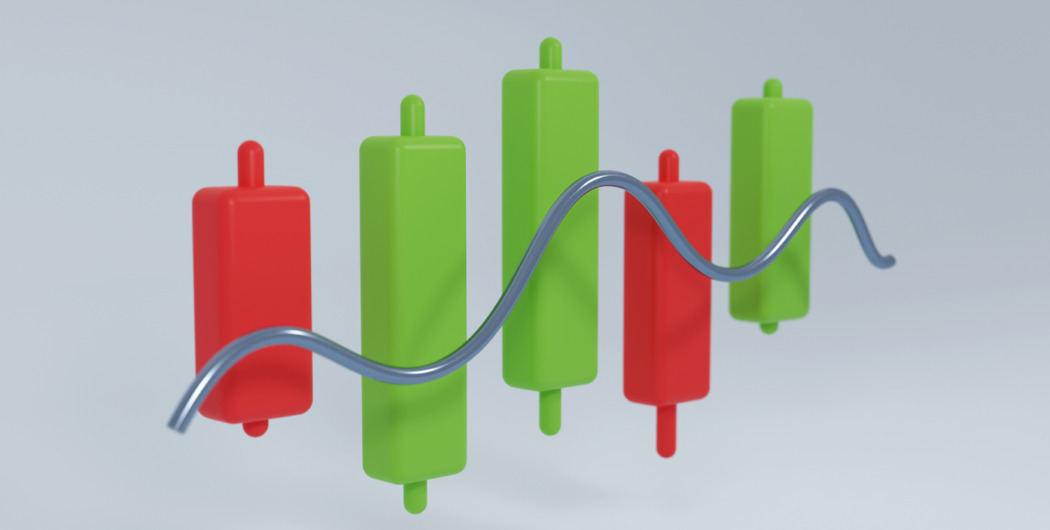

Day trading implies a large number of trades done within a short period. It’s a big challenge for a trader to enter the market at the beginning of the price movement and close the position before the potential income is erased. Technical indicators help traders to catch the perfect moment. Keep reading to learn how to choose the most effective tools for day trading.
Technical indicators are developed by different people, just like technical analysis. Interestingly, technical analysis was mentioned in accounts of the Dutch financial markets by an Amsterdam merchant, Joseph de la Vega, in the 17th century.
Introduction to day trading
Day or intraday trading is an approach in which many positions are closed before the end of the trading day. When trading intraday, it’s important to catch signals quickly and to find the best entry and exit points. If you miss the perfect entry point, it may result in limited returns. If you miss the ideal exit, it may erase potential returns. You need technical indicators that provide signals quickly but don’t sacrifice their reliability.
What is a technical indicator?
Before getting into what a technical indicator is, you first need a quick lesson on technical analysis. When it comes to financial markets, technical analysis is the process of analyzing a price chart. It shows exactly where the prices are at the very moment.
On the other hand, technical indicators are often referred to as signals based on a pattern. You determine them by using a formula from the technical analysis price data of certain financial instruments (i.e., a stock).
With technical indicators, you use formulas and various math calculations (i.e., price action or historical volume) to predict the direction of future prices. This will offer exit and entry signals to trading specialists.
To put it simply, a technical indicator will suggest to the trader when it would be a good time to enter or exit a trade. It uses history and various data types to create a probable path. By giving potential prices, traders can choose the most profitable moment to use a stock price.
When you have enough knowledge of technical indicators, you can develop a day trading strategy. This will help you experience the least amount of loss, making the most out of past trades.
A technical indicator can be used on a variety of financial instruments. These can include commodities, stocks, futures, currencies, and so on. This tool may be used on short-term and long-term trading strategies alike, suggesting the best time for you to hold an open position.
Resistance
At the other end of the support level, you may find the resistance indicator. Think of resistance as the turning point of a stock. It’s a point where an upward-moving stock is likely to hit the top, eventually tumbling down. If the stock trading is close to the resistance point, then it is considered to be overbought.
As a result, short-term movements in the future can turn out to be rather negative. For you to determine resistance, you should find out what the highest point is. You need to figure out where exactly that stock hit the chart, and this can be done by using moving averages.
That being said, rather than focusing on 14-day timeframes, choose the longer-term ones. For example, keep your eyes on the points of resistance taking place in the last 30-90 days. The longer a price has been rejected off the resistance level, the more powerful it is likely to be.
How to use technical indicators for day trading
When trading within a day, you need to monitor the market constantly and catch the signals as soon as they appear. Therefore, it’s crucial to set appropriate parameters for each indicator. The key parameter of most technical tools is a period. The smaller the period is, the larger the number of signals. It’s best to use a demo account and test indicators with different settings there before entering the real market.

Best technical indicators for day trading
There are four major types of indicators, including trend, momentum, volume, and volatility. When you open short-term positions, you need to be sure the price will reach the forecast price within a day. Therefore, it’s best to analyze the market with volume, volatility, and momentum tools.
- Volume indicators show how strong bulls or bears are to drive the price to the targeted value.
- Volatility indicators reflect the speed of the price change, allowing traders to measure how quickly the targeted value can be reached and when the market may change its direction.
- Momentum indicators indicate how strong the current trend is and whether there will be a reversal soon.
- Trend indicators are not highly effective for intraday trading because most of them provide signals with a delay.
1. Relative strength index (RSI)
The index fluctuates within a 30-70 range. When it breaks above 70, the asset is overbought, so the price may decline soon. The asset is considered oversold when the RSI falls below 30. Therefore, the price may rise soon. The reversal signal is confirmed only when the index leaves the overbought/oversold zone. Another signal is convergence/divergence. When the price and the indicator move in different directions, the price will likely move in the indicator’s direction soon.
2. Stochastic oscillator
The stochastic oscillator is similar to RSI. The only difference is that it moves within the 20-80 range and has two lines. The signals are the same. Additionally, you can use an interconnection of %K and %D lines. Buy when %K is above %D, and sell when %K is below %D.
3. Moving average convergence divergence (MACD)
MACD reflects the price direction:
- When the diagram rises above 0, the market sentiment is bullish.
- When the diagram is below 0, the sentiment is bearish.
- When the MACD line breaks above the signal line, the price has increased.
- When the MACD line falls below the signal line, the price has declined.
MACD also provides the above-mentioned convergence/divergence signal.
4. Bollinger bands
Bollinger bands reflect market volatility. It consists of three lines, including upper and lower bands and the middle line. When three lines move in a narrow range, the volatility is low. When they move away, volatility increases.
5. On-balance volume (OBV)
The main advantage of this tool is that its signals are ahead of price changes. Therefore, if the indicator rises, you can expect the price to increase. If it falls, the asset’s value may decline soon.
These are standard indicators that can be used for any market. They can be called the best technical indicators for day trading crypto. The crypto market is highly volatile. Therefore, using tools that provide signals very fast is vital. Here you can find other good technical indicators for day trading.
The best combination of technical indicators for day trading
It’s a well-known rule that every signal should be confirmed by signs from two to three tools, including indicators, candlesticks, and chart patterns.
It’s worth combining indicators of different types. For instance, you can use RSI and MACD to catch a reversal signal and confirm it with a volume indicator that will reflect whether market participants are strong enough to drive the price in the expected direction.
Tip: don’t combine too many tools, as you risk being confused with contradicting signals.
Takeaway
Day trading is a widespread approach. Therefore, many indicators can be used to predict a price direction for the short term. You need to remember that every signal needs confirmation and that it’s essential to combine indicators that serve the same purpose.





